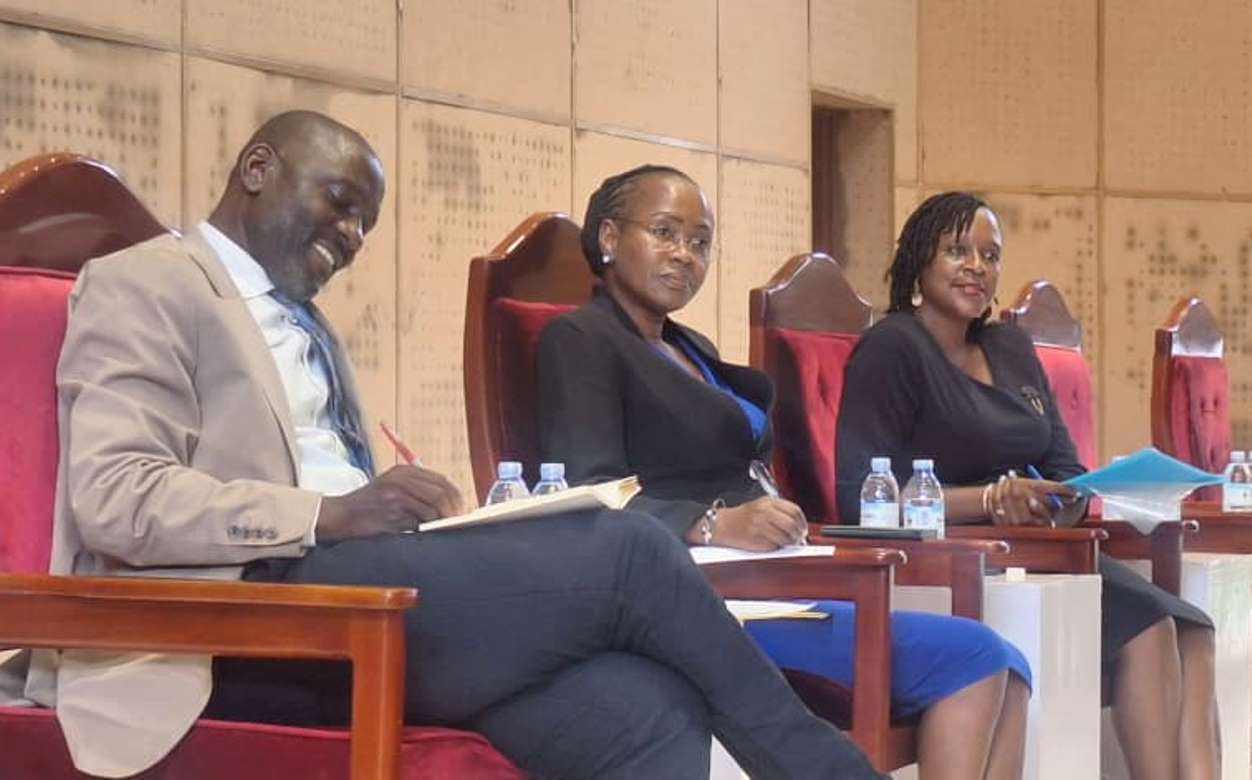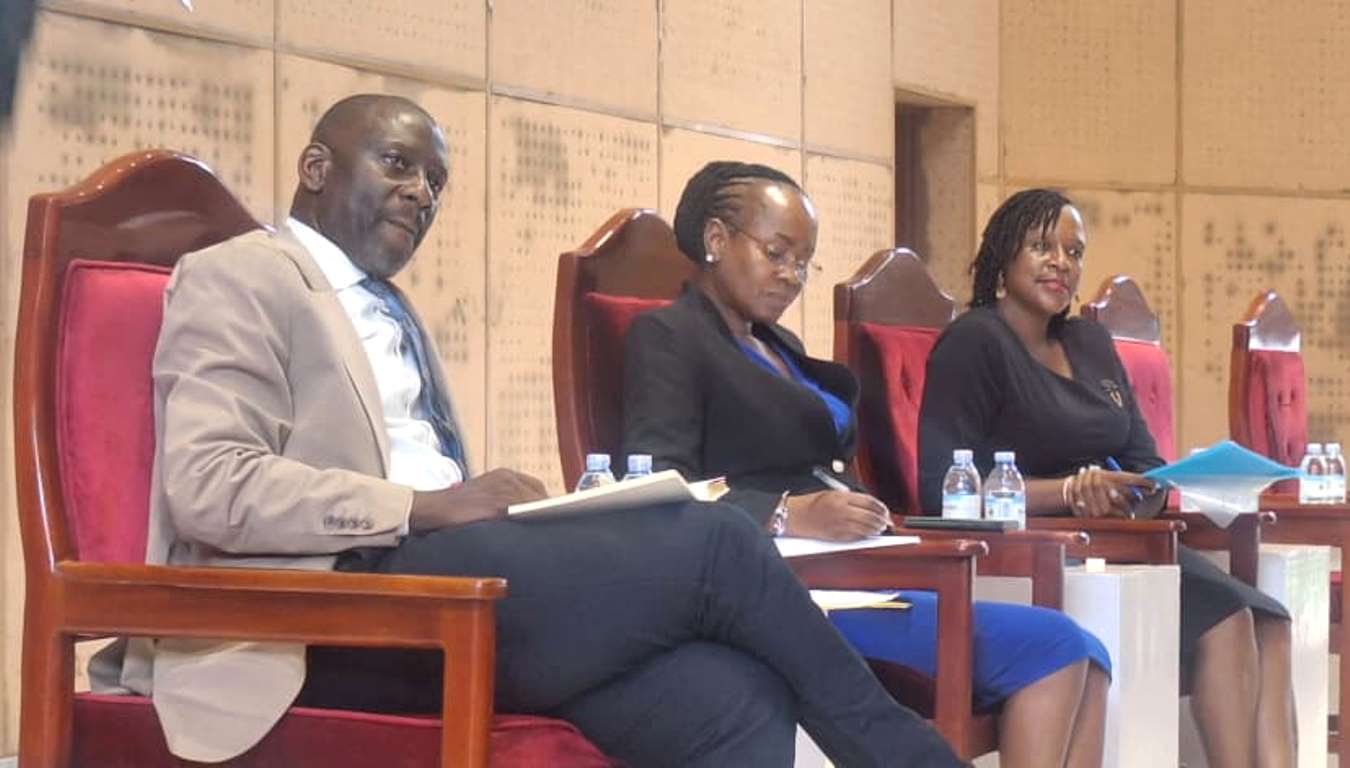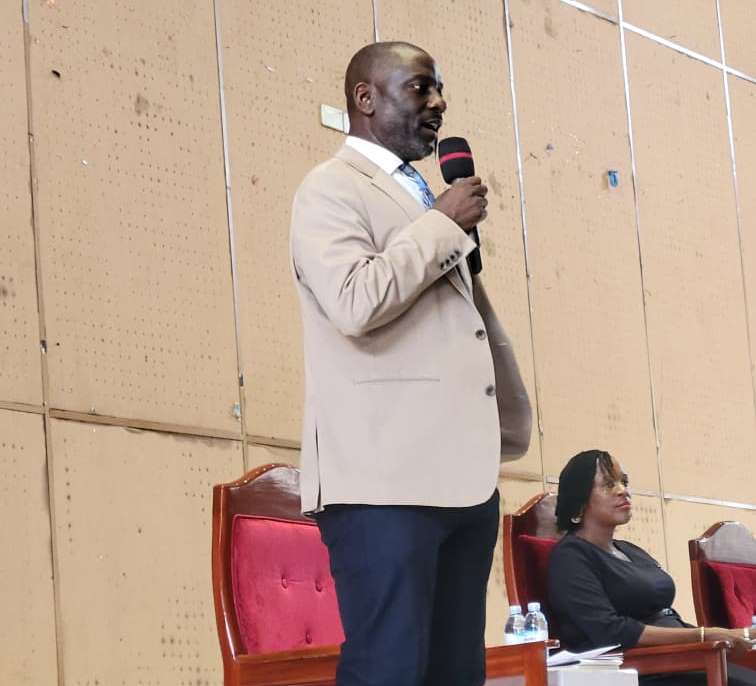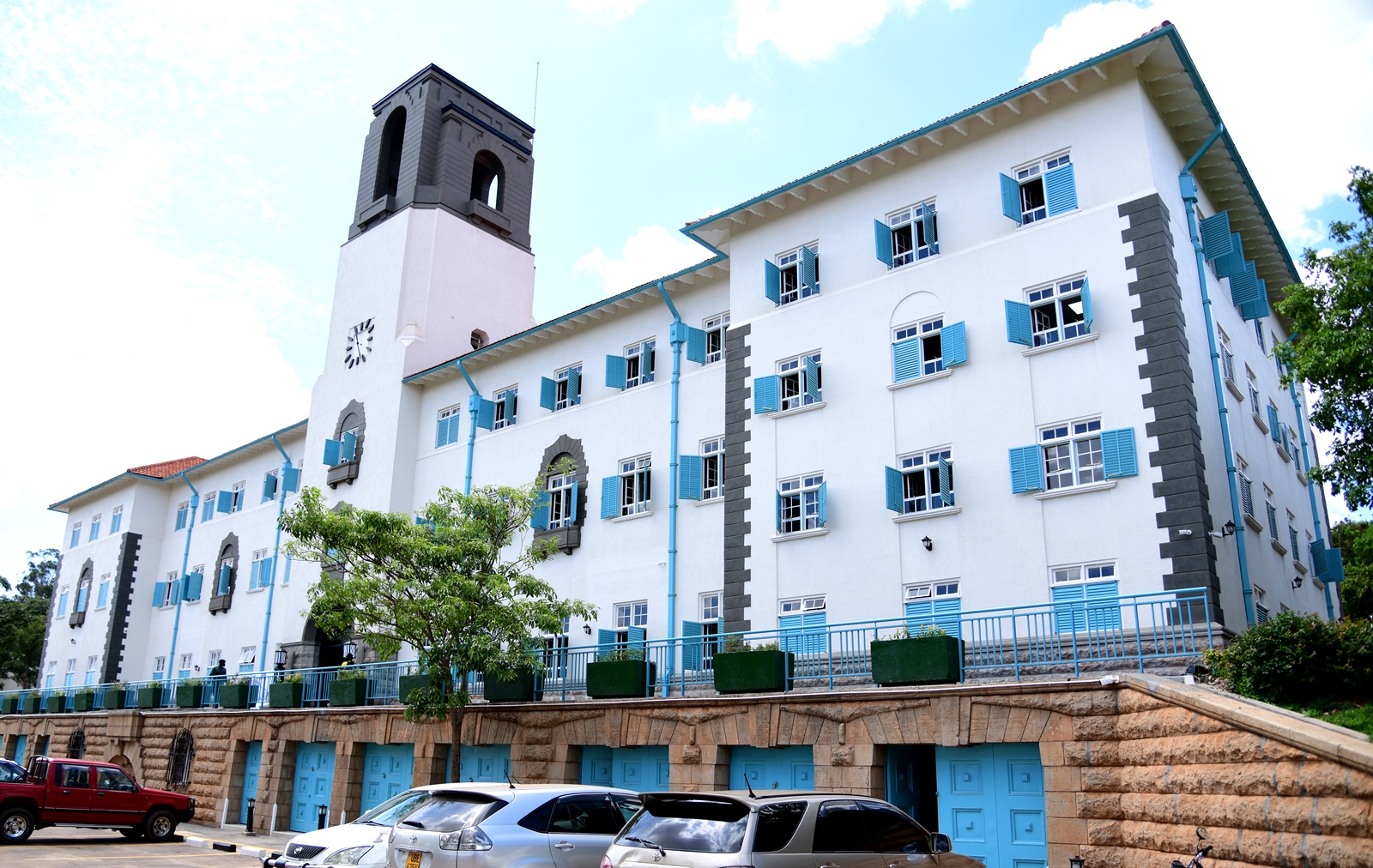Makerere University College of Agricultural and Environmental Sciences (CAES) has embraced the move on constructing artificial wetlands for decentralized wastewater treatment.
The Makerere University Wastewater management and sewerage disposal initiative has gotten rid of the smelly and serious environmental and health risks that have especially been faced by primary and secondary schools accommodating big numbers of students!
Makerere University (Mak) in collaboration with University of Dar es Salaam through the BIO-EARN (East African Regional Network for Biotechnology and Bio-Policy) with funding from Sida constructed a wetland to treat wastewater and sewage generated by Seeta High School.
These wetlands are artificial wastewater treatment systems consisting of shallow (usually less than 1 m deep) ponds which are planted with wetland plants. This treatment system relies upon plants, bacteria, biological, physical and chemical processes to treat wastewater. The system has impervious clay or synthetic liners and is engineered to control water direction and retention in the system.
Wastewater management and sewerage disposal in general, remains one of the challenges that urban authorities and dwellers are grappling with in Uganda. In many towns, the sewerage systems have broken down spilling over dwelling places. In residential areas, the practice of realizing waste in nearby swamps has become the norm. This treatment system is appropriate for institutions in areas which are not connected to central sewerage system.
However, adequate land should be available for the construction of this wetland system. The advantage of this system is that it can be designed as an integrated system where by the effluent from the wetland can be used in agriculture, aquaculture and agro forestry.
Before the construction, the school had already been given warnings by the National Environment Management (NEMA) authority to treat its wastewater before discharging it into the surrounding environment.
To alleviate the problem scientists from Makerere University: Prof. Frank Kansime the Principal Investigator, Dr Charles Niwagaba the Engineer, Omara John the research assistant and University of Dar es Salaam (UDSM) constructed a wetland, planted it with papyrus, monitored it and it is now fully functional with 2&3 plates.
Seeta High school contributed to the retrofitting of the plumbing system and construction of a new septic tank. Currently the wastewater from Seeta High School flows into a septic tank and the influent from the septic tank are discharged into the constructed wetland.
In addition to water being of good quality, the treated wetland has attracted a lot of attention from students (they call it one of he wonders at this school, Seeta High) and other schools want this system installed at their premises.
"The management of Seeta High School is not only happy with the wastewater treatment but are also planning to spread this technology to sister campuses. The project commenced in the year 2008, cost 25,000 US Dollars. Seeta High School contributed 10,000 US Dollars to this project" said Prof. Frank Kansime, the Deputy Principal College of Agricultural and Environmental Sciences (CAES).
Article by Nakandi Peninah, Intern Public Relations Office, Makerere University
Makerere University College of Agricultural and Environmental Sciences (CAES) has embraced the move on constructing artificial wetlands for decentralized wastewater treatment.
The Makerere University Wastewater management and sewerage disposal initiative has gotten rid of the smelly and serious environmental and health risks that have especially been faced by primary and secondary schools accommodating big numbers of students!
Makerere University (Mak) in collaboration with University of Dar es Salaam through the BIO-EARN (East African Regional Network for Biotechnology and Bio-Policy) with funding from Sida constructed a wetland to treat wastewater and sewage generated by Seeta High School.
These wetlands are artificial wastewater treatment systems consisting of shallow (usually less than 1 m deep) ponds which are planted with wetland plants. This treatment system relies upon plants, bacteria, biological, physical and chemical processes to treat wastewater. The system has impervious clay or synthetic liners and is engineered to control water direction and retention in the system.
Wastewater management and sewerage disposal in general, remains one of the challenges that urban authorities and dwellers are grappling with in Uganda. In many towns, the sewerage systems have broken down spilling over dwelling places. In residential areas, the practice of realizing waste in nearby swamps has become the norm. This treatment system is appropriate for institutions in areas which are not connected to central sewerage system.
However, adequate land should be available for the construction of this wetland system. The advantage of this system is that it can be designed as an integrated system where by the effluent from the wetland can be used in agriculture, aquaculture and agro forestry.
Before the construction, the school had already been given warnings by the National Environment Management (NEMA) authority to treat its wastewater before discharging it into the surrounding environment.
To alleviate the problem scientists from Makerere University: Prof. Frank Kansime the Principal Investigator, Dr Charles Niwagaba the Engineer, Omara John the research assistant and University of Dar es Salaam (UDSM) constructed a wetland, planted it with papyrus, monitored it and it is now fully functional with 2&3 plates.
Seeta High school contributed to the retrofitting of the plumbing system and construction of a new septic tank. Currently the wastewater from Seeta High School flows into a septic tank and the influent from the septic tank are discharged into the constructed wetland.
In addition to water being of good quality, the treated wetland has attracted a lot of attention from students (they call it one of he wonders at this school, Seeta High) and other schools want this system installed at their premises.
"The management of Seeta High School is not only happy with the wastewater treatment but are also planning to spread this technology to sister campuses. The project commenced in the year 2008, cost 25,000 US Dollars. Seeta High School contributed 10,000 US Dollars to this project" said Prof. Frank Kansime, the Deputy Principal College of Agricultural and Environmental Sciences (CAES).
Article by Nakandi Peninah, Intern Public Relations Office, Makerere University

 Research3 days ago
Research3 days ago
 General5 days ago
General5 days ago
 Humanities & Social Sciences1 week ago
Humanities & Social Sciences1 week ago
 Health2 weeks ago
Health2 weeks ago
 Health2 weeks ago
Health2 weeks ago








